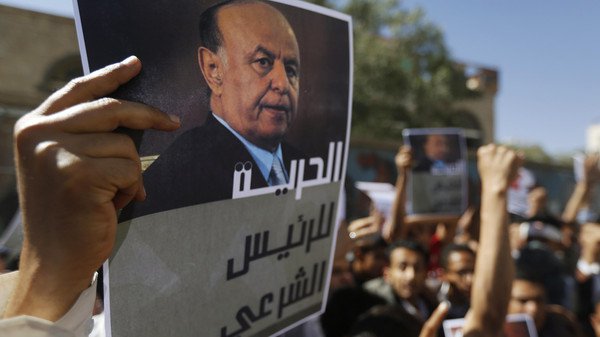
President Abed Rabbo Mansour Hadi, a close U.S. ally, fled house arrest in Sanaa last month and has set up a base in the port city of Aden, the former capital of the once-independent south.
Al-Qaida is meanwhile on the move in the country’s lawless hinterlands. And a new group of militants inspired by the Islamic State group has claimed major attacks, adding another layer of turmoil to the Arab world’s poorest country, which seems on the verge of a full-blown civil war.
Here’s a look at what’s happening in Yemen and why it is important globally:
THE LATEST
The Shiite rebels, known as Houthis, captured the airport and largely control the city of Taiz — a gateway to the south. They have vowed to press on to Aden, the country’s economic hub, where Hadi has taken refuge.
Hadi still enjoys international legitimacy, and the U.N. Security Council has sanctioned both Saleh and the two top leaders of the Houthis. As a southerner, Hadi enjoys widespread support in the south, which could help him to repel the Houthis, but also raises the specter of a repeat of the 1994 north-south civil war.
Al-Qaida, which is at war with both the Houthis and Hadi, has exploited the turmoil to expand its reach. Last week a previously unknown group of militants claiming to be affiliated with the Islamic State claimed four suicide bombings against a pair of Houthi-affiliated mosques in Sanaa, raising fears of a sectarian conflict.
———
WHO ARE THE HOUTHIS?
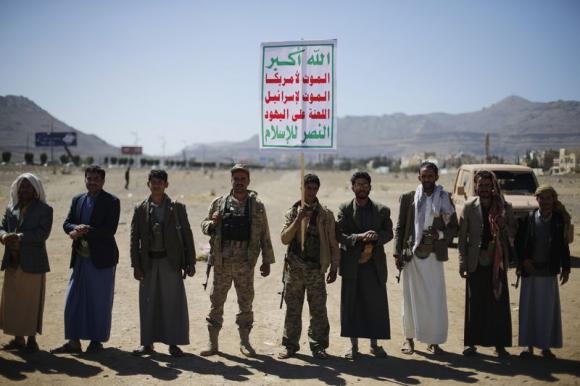
Their slogan is “God is great, death to America, death to Israel, damnation to the Jews and victory for Islam.” Their opponents view them as a proxy of Shiite Iran, charges they deny. The group is hostile to the United States but has also vowed to eradicate al-Qaida.
The Houthis now control nine of Yemen’s 21 provinces, but it’s unlikely they will be able to seize control of the whole country, much less govern it.
———
SALEH’S HIDDEN HAND
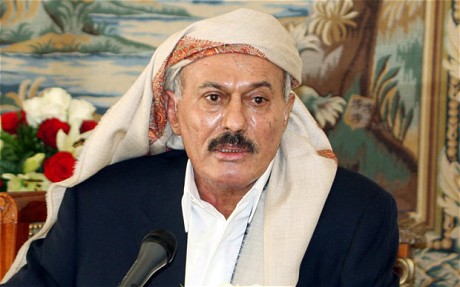 Saleh, who dominated the country for more than three decades, agreed to step down in 2012 following an Arab Spring-inspired uprising and handed over power to Hadi. But Hadi says his predecessor has undermined him at every turn through loyalists in the government and the security forces. The U.N. Security Council has also charged Saleh with hindering the country’s democratic transition.
Saleh, who dominated the country for more than three decades, agreed to step down in 2012 following an Arab Spring-inspired uprising and handed over power to Hadi. But Hadi says his predecessor has undermined him at every turn through loyalists in the government and the security forces. The U.N. Security Council has also charged Saleh with hindering the country’s democratic transition.
With Yemen’s army fragmented along tribal, regional and sectarian lines, Saleh and his loyalists have allied with the Houthis. Saleh has vowed to chase Hadi out of the country, and last week his supporters tried but failed to take over the airport in Aden. Warplanes dropped bombs near the presidential palace there.
Saleh is a Zaydi and thus far his alliance with the Houthis has held, but that could change if they no longer face a shared enemy in Hadi.
———
AL-QAIDA EXPLOITS CHAOS
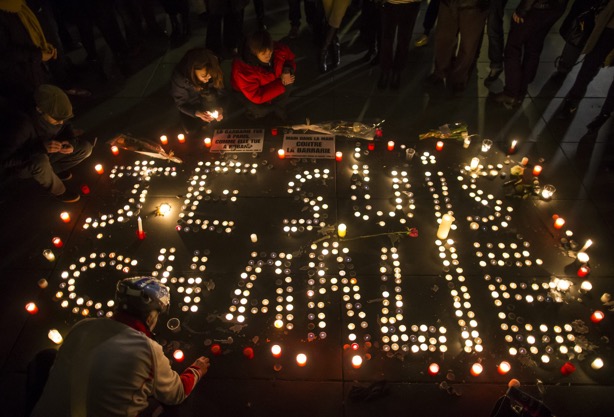
The latest turmoil has helped the group to rally Sunni tribes against the Houthis. Yemen’s splintered army, which had received considerable U.S. aid and assistance, is now embroiled in the Houthi conflict and torn between competing commanders rather than focused on counterterrorism.
U.S. drones have continued to target the top al-Qaida leaders, but the campaign has suffered from Hadi’s absence and the closure of the U.S. Embassy. Last week U.S. military advisers were withdrawn from a southern base as al-Qaida militants seized a nearby city.
———
ISLAMIC STATE SUPPORTERS SOW SECTARIANISM
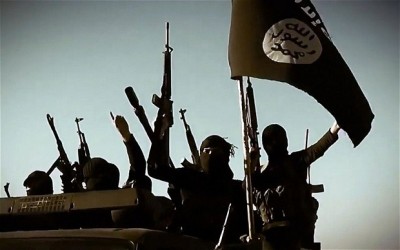 Although Yemen’s conflict pits Shiite rebels against a Sunni-led government it has until now had more to do with power politics than sectarianism, with Sunnis and Shiites fighting alongside one another on some fronts.
Although Yemen’s conflict pits Shiite rebels against a Sunni-led government it has until now had more to do with power politics than sectarianism, with Sunnis and Shiites fighting alongside one another on some fronts.
That could change with the emergence of a new group inspired by the Islamic State, which views Shiites as apostates and has vowed to carry out more mass killings of civilians.
It’s not clear how closely linked the Yemeni militants are to the IS group’s central leadership. But attacks targeting Zaydis risk igniting a full-blown sectarian conflict like the one underway in Syria and Iraq, and could further complicate the already daunting task of trying to stitch Yemen back together.
ABC/Associated Press
Leave a Reply
You must be logged in to post a comment.